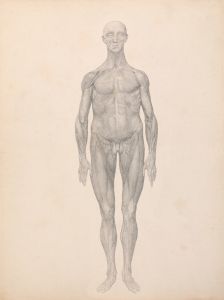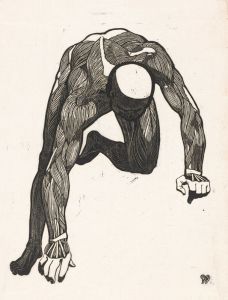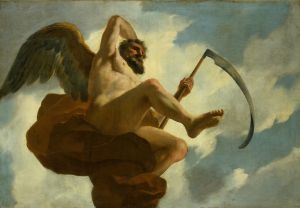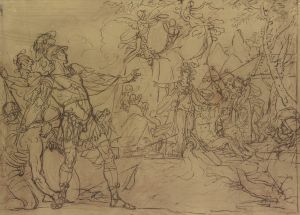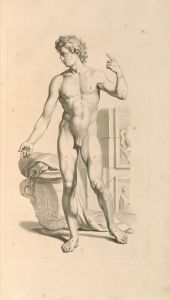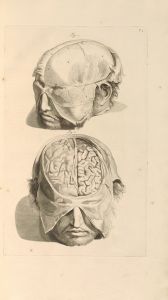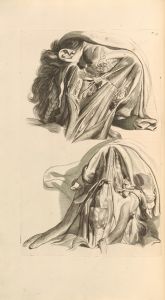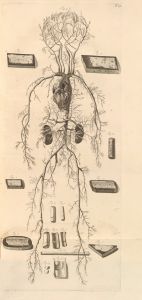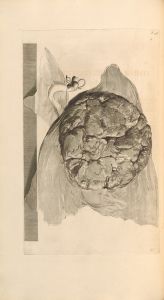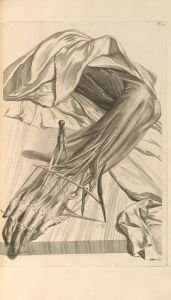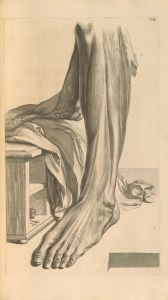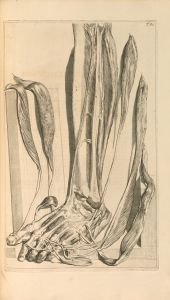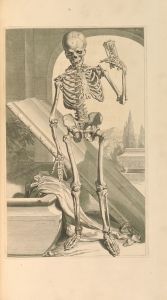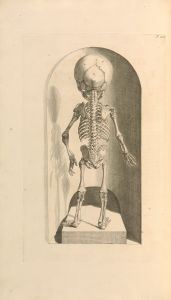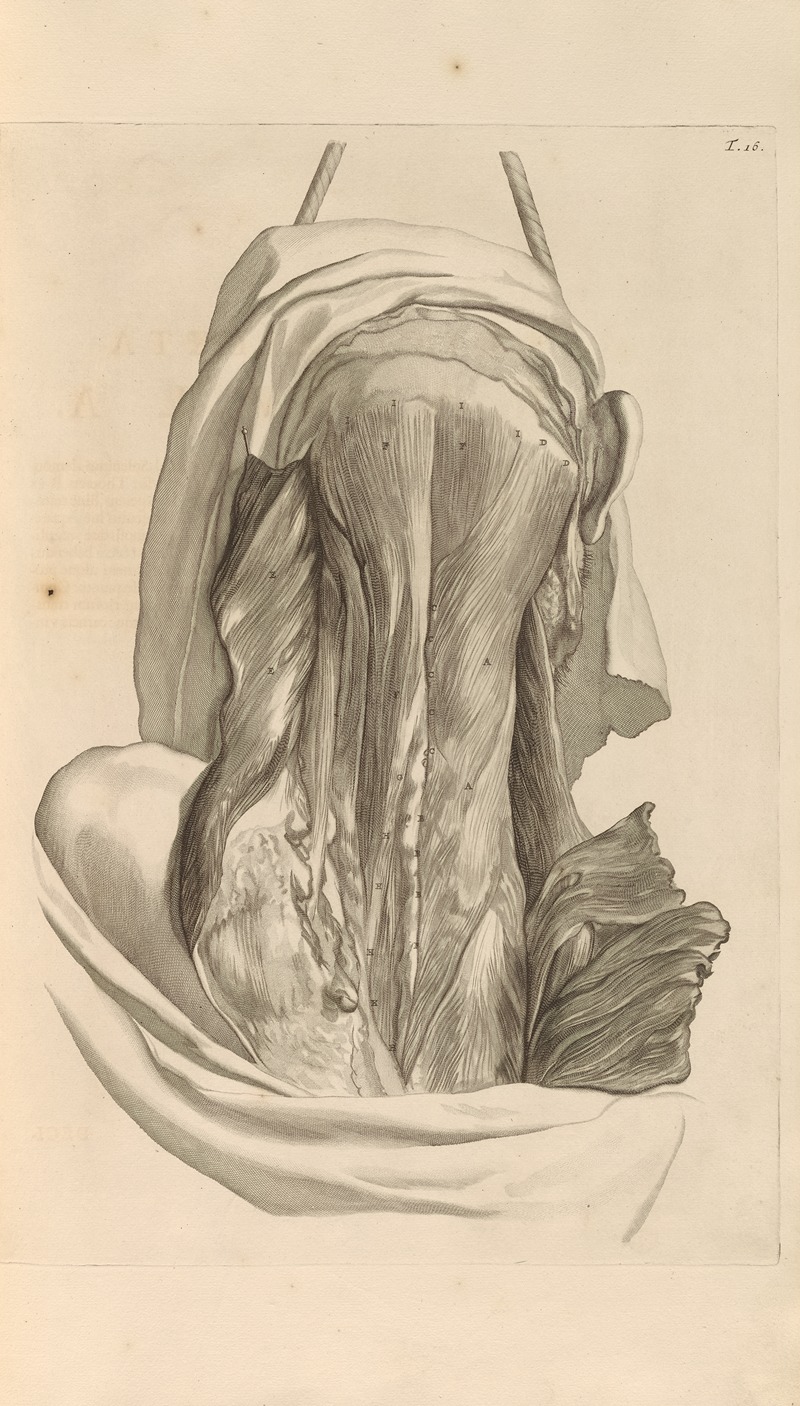
Anatomia humani corporis Pl.017
A hand-painted replica of Gerard de Lairesse’s masterpiece Anatomia humani corporis Pl.017, meticulously crafted by professional artists to capture the true essence of the original. Each piece is created with museum-quality canvas and rare mineral pigments, carefully painted by experienced artists with delicate brushstrokes and rich, layered colors to perfectly recreate the texture of the original artwork. Unlike machine-printed reproductions, this hand-painted version brings the painting to life, infused with the artist’s emotions and skill in every stroke. Whether for personal collection or home decoration, it instantly elevates the artistic atmosphere of any space.
"Anatomia humani corporis Pl.017" is an anatomical illustration created by Gerard de Lairesse, a prominent Dutch Golden Age painter and art theorist. Born in Liège in 1640, de Lairesse moved to Amsterdam where he became well-known for his classical and historical paintings. However, his contributions to the field of anatomy are particularly noteworthy due to his collaboration with the Dutch anatomist Govard Bidloo.
The illustration "Anatomia humani corporis Pl.017" is part of a larger work titled "Anatomia Humani Corporis," which was published in 1685. This comprehensive anatomical atlas was commissioned by Bidloo and featured 105 detailed plates, all meticulously engraved by de Lairesse. The atlas was intended to serve as an educational tool for medical students and professionals, providing an accurate and detailed representation of the human body.
Gerard de Lairesse's work on these plates is characterized by his precise and artistic approach to anatomical illustration. Unlike many of his contemporaries, de Lairesse brought a high level of artistic skill to his anatomical drawings, which combined scientific accuracy with aesthetic appeal. This blend of art and science made "Anatomia Humani Corporis" a significant contribution to both the medical and artistic communities of the time.
Plate 017, like the other plates in the atlas, depicts a specific aspect of human anatomy with great detail. The illustrations are accompanied by descriptive texts written by Bidloo, which provide explanations and context for the anatomical features shown. The collaboration between Bidloo and de Lairesse was a fruitful one, as it combined Bidloo's medical expertise with de Lairesse's artistic talent, resulting in a work that was both informative and visually striking.
The impact of "Anatomia Humani Corporis" extended beyond its initial publication. The detailed and accurate illustrations set a new standard for anatomical atlases and influenced subsequent works in the field. The atlas was also notable for its use of copperplate engraving, a technique that allowed for fine detail and clarity in the illustrations.
Gerard de Lairesse's contribution to "Anatomia Humani Corporis" is a testament to his versatility as an artist. Despite being more widely known for his paintings, his work on this anatomical atlas demonstrates his ability to apply his artistic skills to scientific subjects. The success of the atlas also highlights the importance of interdisciplinary collaboration in advancing knowledge and education.
In summary, "Anatomia humani corporis Pl.017" by Gerard de Lairesse is a significant piece of anatomical illustration from the late 17th century. It is part of a larger work that combined the expertise of anatomist Govard Bidloo with de Lairesse's artistic talent, resulting in a detailed and aesthetically pleasing representation of human anatomy. This collaboration set a new standard for anatomical atlases and remains an important reference in the history of medical illustration.





